Integration of Disaster Risk Management in Public Educational Infrastructure of Dominican Republic
Integration of Disaster Risk Management in The Management of The Public Educational Infrastructure of the Dominican Republic (DR)

17 November 2021
Aim of the project
The main objective of the technical support by University College London and Universidad de los Andes de Colombia in collaboration with the World Bank and the DR MINRED (Ministry of Education) is to design a short, medium and long intervention strategy to reduce the vulnerability of the educational infrastructure at the National level in the Dominican Republic in the face of natural hazards, in particular the seismic threat and hurricane winds, the main threats that are prevalent in this area. Functional aspect of the school infrastructure i.e. healthy functionality requirements, WASH facilities are also studied and included in the intervention plan.
Methodology
- The data collection is a major challenge for the national level school infrastructure. This project utilised a number of strategies to collect different levels of school data (both structural and functional). These strategies were necessary in order to increase efficiency and also in light with the COVID-19 global pandemic. These are as follows, and each strategy involves different level of uncertainty:
- Already existing data collected by MINERD
- Data extraction from satellite imagery
- Field data collection
- Call centre activities (contacting the school principals to get school data)
- Since about 20% of the national level data collected, an algorithm was created to generate the exposure database, on the basis of different parameters such as: the distribution of school and typologies in rural and urban areas, student density etc.
- Using the GLOSI taxonomy, a number of major building types were identified, and their numerical analysis, fragility and vulnerability assessment were carried out following the GLOSI methodology (https://gpss.worldbank.org/en/GLOSI). Multi-hazard approach was followed in order to include both the sesmic and hurricane hazards. A number of retrofitting strategies were also designed based on the seismic vulnerability of different typologies.
Outputs
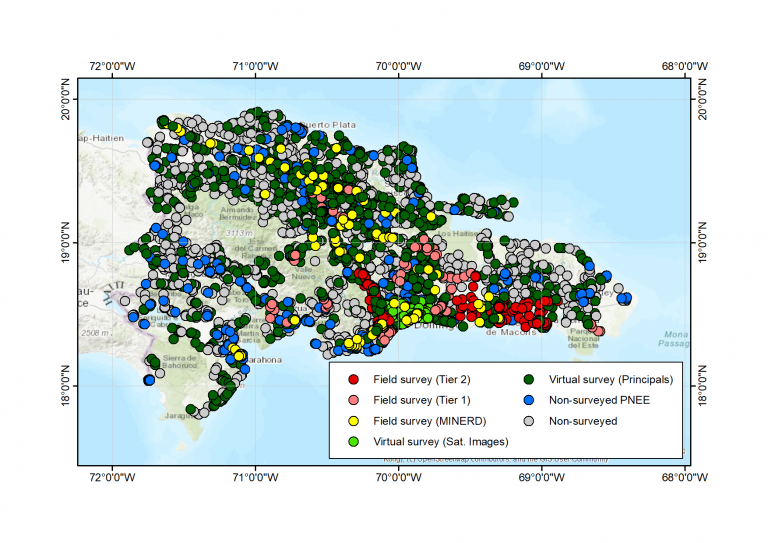
Exposure data for the national level school infrastructure.
- Functional aspects of the school infrastructure
- Numerical models, capacity curves, fragility functions and vulnerability functions for main RC and masonry typologies
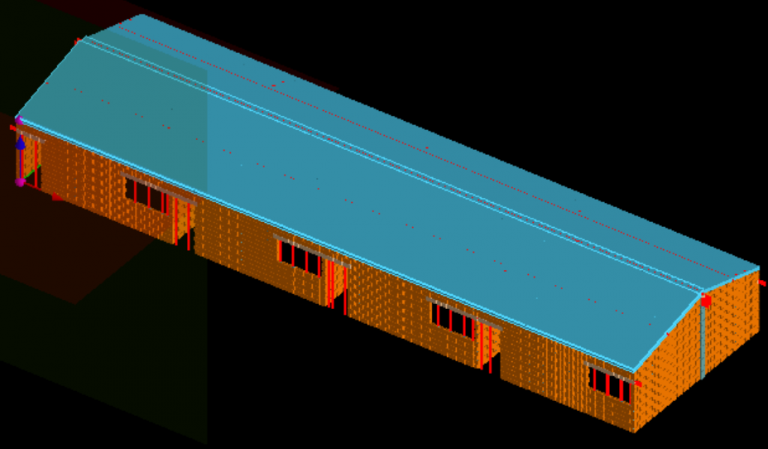
Numerical model created using the Applied Element Method for a typical Reinforced masonry school typology
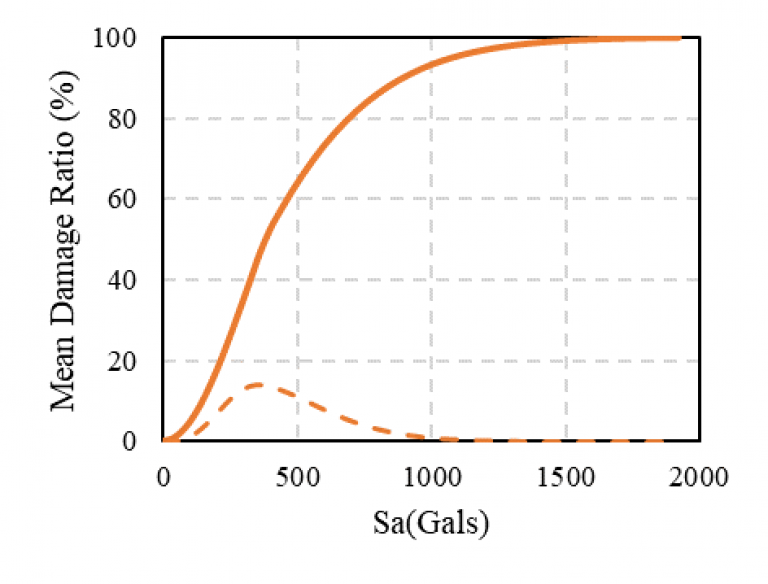
Vulnerability function for a typical reinforced masonry typology (RM/LR/LD).
- Retrofit solutions for main RC and masonry typologies
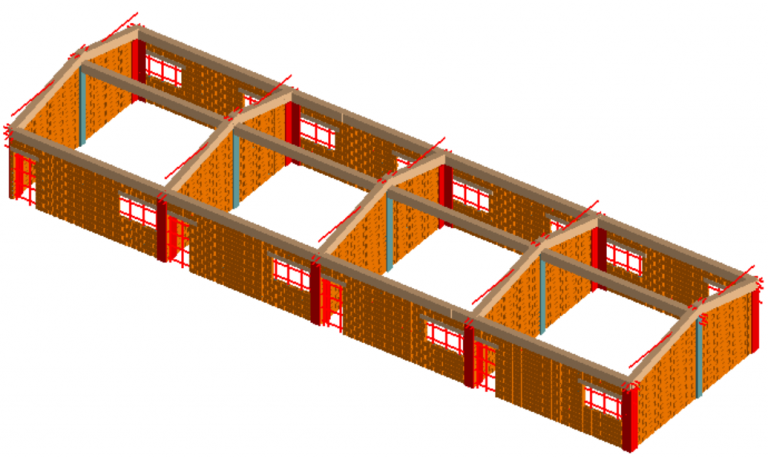
A retrofit solution for a typical reinforced masonry typology (RM/LR/LD).
- Risk results before and after retrofit intervention
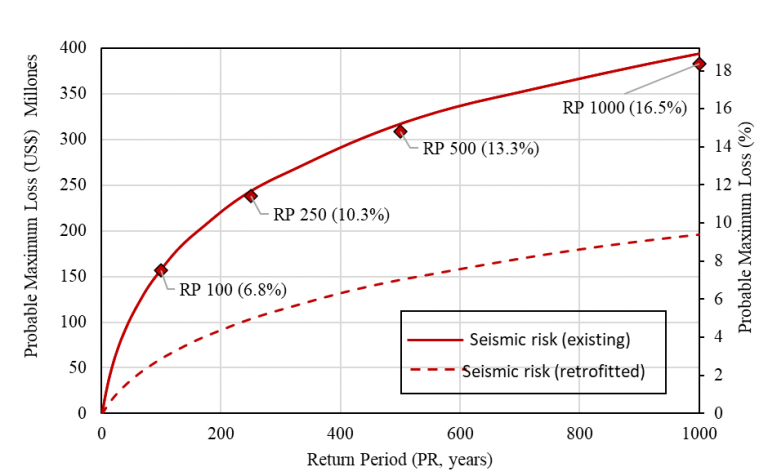
Risk results for the national level school infrastructure in existing and retrofitted condition.
- Intervention strategy and disaster risk management plan for structural and functional resilience
- Trainings and workshop (field data collection, hazard vulnerability and risk assessment)
Funding
Global Program for Safer Schools, The World Bank
Project Period
August 2018 – September 2020
UCL team
Prof Dina D’Ayala (Lead)
Dr Rohit Kumar Adhikari
Partners
UCL EPICentre, The World Bank, Universidad de Los Andes, MINERD (Ministry of Education) Dominican Republic
 Close
Close

